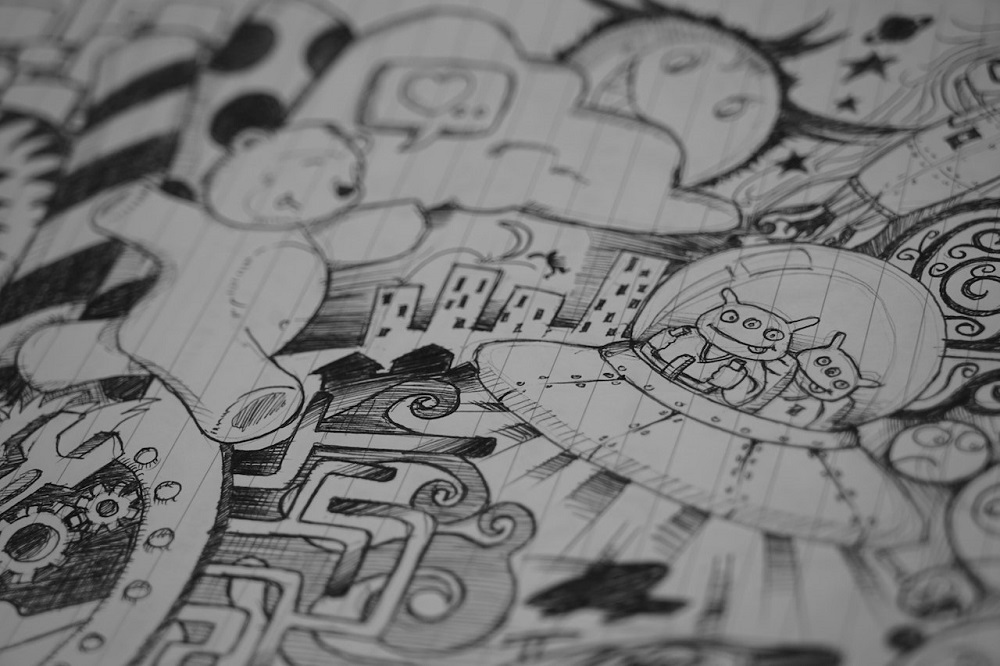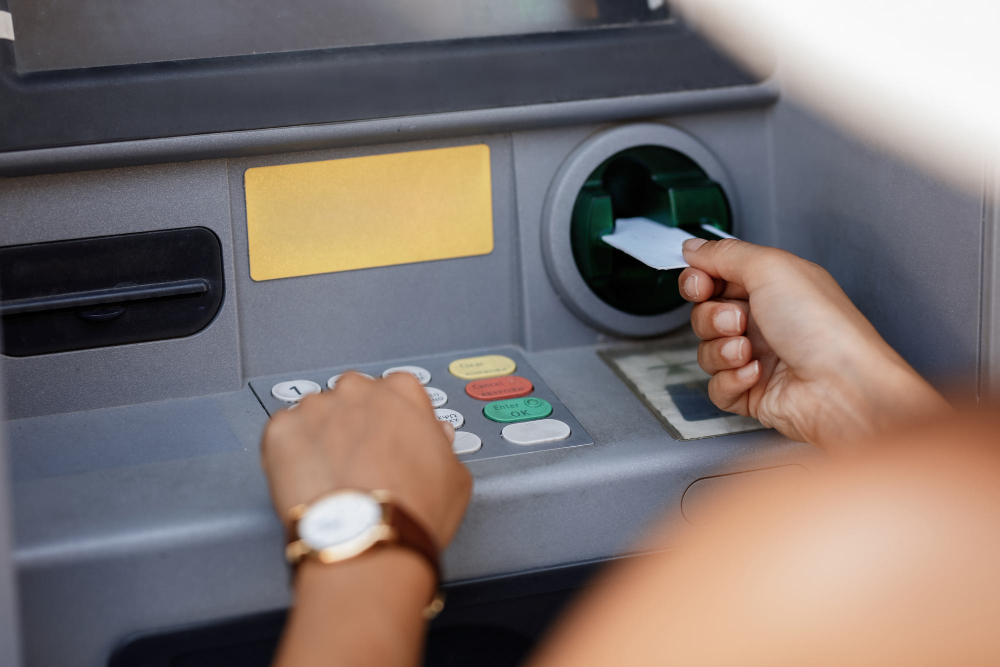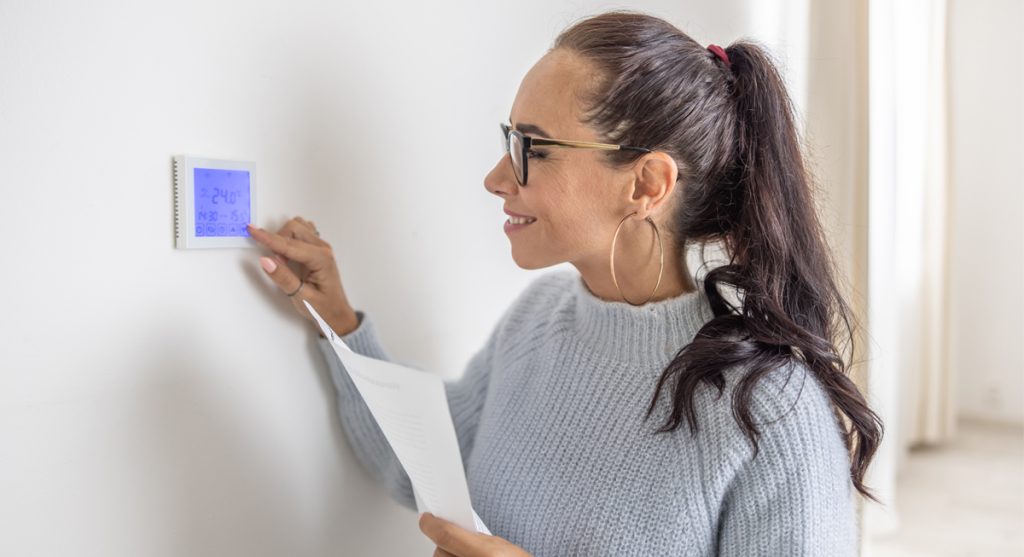Doodling, once seen as a mindless distraction or a sign of boredom, has now emerged as a powerful tool for enhancing creativity and concentration. Contrary to its old perception, doodling is not just idle scribbling--it is a form of expressive art that can benefit our cognitive processes. Research has shown that doodling can stimulate the brain, boost creativity, and improve concentration.
Here are the various benefits of doodling for enhancing creativity and concentration.
Enhanced Cognitive Engagement
When we doodle, our brains are engaged in a continuous and spontaneous flow of creative expression. This activity involves the brain's left and right hemispheres, promoting cross-hemispheric communication.

Vanessa Loring/ Pexels | Doodling is like a playground for the mind, where creativity knows no boundaries
Enhanced Cognitive Engagement
When we doodle, our brains are engaged in a continuous and spontaneous flow of creative expression. This activity involves the brain's left and right hemispheres, promoting cross-hemispheric communication.
The act of doodling keeps the mind from wandering off, helping us stay focused on the task at hand. Studies have found that doodling can improve information retention and comprehension, making it a practical aid for learning and memory.
Improved Creativity
Doodling is a form of unrestricted self-expression that allows ideas to flow freely without the constraints of judgment or criticism. When we doodle, we are more likely to explore new patterns, shapes, and concepts, which can lead to novel ideas and solutions.
Regular doodling sessions can help unlock creative potential, leading to innovative thinking in various aspects of life, including problem-solving, art, and business.

Pixabay/ Pexels | There is no must in art because art is free
Creative Problem-Solving
When faced with a challenging problem, doodling can help facilitate creative problem-solving. As we doodle, we explore various possibilities and connections between ideas, allowing us to think more divergently. This open-ended exploration can lead to breakthroughs and innovative solutions that might not have been evident through conventional thinking.
Access to the Subconscious Mind
Doodling often taps into our subconscious mind, bringing to the surface thoughts and emotions that may not be immediately apparent. The seemingly random shapes and patterns we create during doodling can reveal hidden emotions or ideas that we might not have been consciously aware of. This reflective aspect of doodling can lead to self-discovery and personal growth.
Increased Productivity
Engaging in short doodling breaks during work or study sessions can boost productivity. These short bursts of creative expression can refresh the mind, prevent burnout, and improve focus and efficiency. Doodling can serve as a form of mental rejuvenation, allowing individuals to return to tasks with a clearer and more focused mindset.

Jopwell/ Pexels | Through doodling, we discover the magic of our thoughts
Visualization and Idea Generation
Doodling can serve as a visual aid for idea generation and planning. When trying to articulate complex concepts or brainstorm new ideas, doodling can help us visually represent our thoughts. By externalizing our ideas on paper, we can better understand the connections between different concepts and identify areas that require further exploration.
Enhancing Communication and Expression
Doodling can serve as a visual language that goes beyond traditional verbal communication. Doodling can act as a bridge when conveying complex ideas or emotions, allowing us to express ourselves more effectively.
In group settings, such as brainstorming sessions or team meetings, individuals can use doodles to illustrate their thoughts and ensure better participant understanding. This visual aspect of doodling can foster collaboration and lead to more meaningful discussions.







